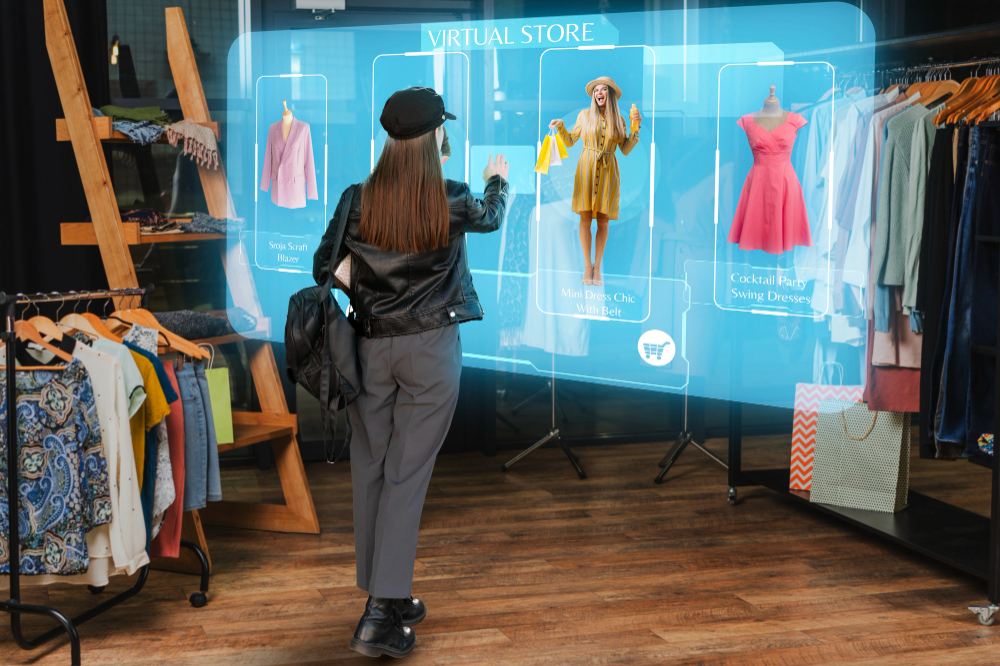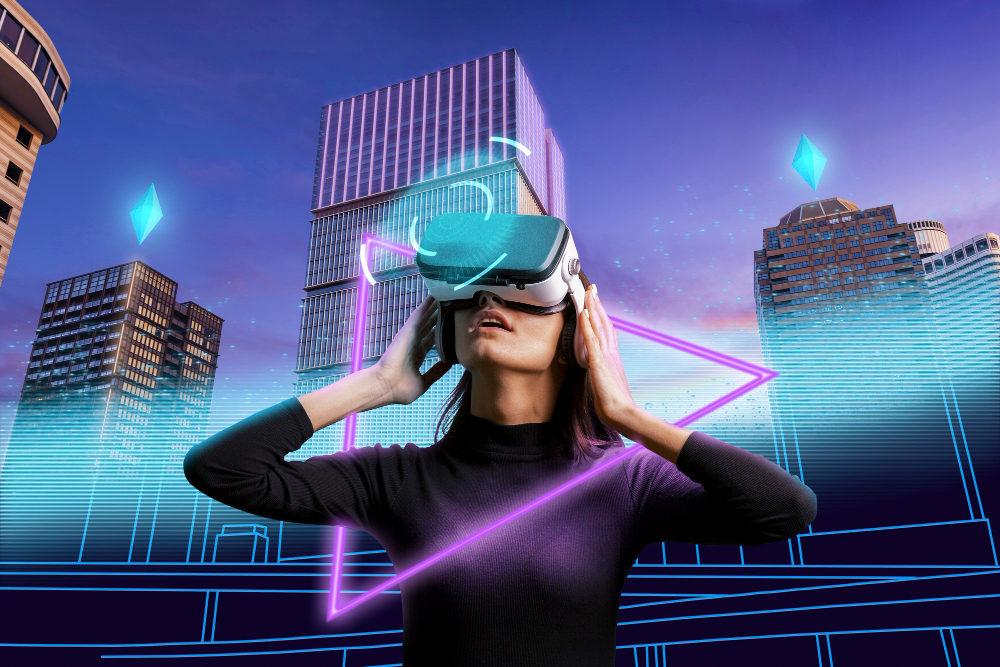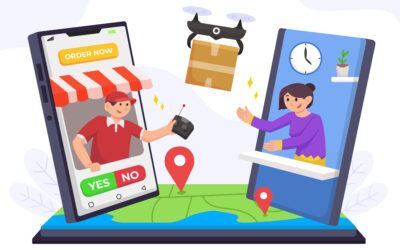Have you ever wondered how the future of online shopping might look? Welcome to the metaverse, a virtual universe where users can interact, play, and conduct transactions in an immersive digital environment. But what exactly is the metaverse, and why is it becoming a crucial arena for e-commerce innovation? Let’s explore.
What is the Metaverse?
The Metaverse is a collective virtual shared space, created by the convergence of virtually enhanced physical reality, augmented reality (AR), the internet, and virtual reality (VR). It represents a highly immersive digital universe where users can interact with a computer-generated environment and other users. This concept is often described as a future iteration of the internet, where instead of simply viewing content, users are immersed in and interact within 3D spaces.
The Metaverse allows for a wide range of activities similar to those in the real world, such as attending concerts, socializing with friends, shopping, working, and attending events. However, it also extends beyond real-world possibilities, offering experiences that are only limited by imagination, such as exploring fantastical worlds, participating in interactive gaming environments, and engaging in new forms of social interaction.
Top Trends in e-Commerce Within the Metaverse

As we delve into the metaverse, several e-commerce trends have begun to emerge, reshaping how businesses connect with their customers and revolutionize the shopping experience. Let’s explore some of the top trends in e-commerce within the metaverse:
1. Immersive Shopping Experiences
Businesses are creating 3D virtual stores that customers can navigate as avatars, offering an immersive shopping experience that mirrors physical retail but with the convenience of being online. These virtual spaces allow customers to browse products in a more engaging and interactive way.
2. Virtual Try-Ons and Product Demonstrations
Thanks to AR and VR technologies, customers can now try on clothes, accessories, or even test out products virtually before making a purchase. This not only enhances the customer experience but also reduces the likelihood of returns.
3. Crytocurrency Payments
With the rise of blockchain technology, cryptocurrency payments have become increasingly prevalent within the metaverse. This trend offers secure, fast, and efficient transactions, appealing to a tech-savvy demographic seeking alternative payment methods.
4. NFTs for Product Authentication and Ownership
Non-fungible tokens (NFTs) are being used to authenticate product ownership, from luxury goods to digital art. This trend not only combats counterfeiting but also introduces a new way for brands to offer exclusive products and experiences.
5. Social Shopping Experiences
The metaverse enables friends to shop together in virtual environments, regardless of their physical location. This social aspect of shopping, combined with live events and interactions with influencers, is redefining the way we think about online retail.
6. Personalized and AI-Driven Shopping Assistants
AI-driven avatars can now offer personalized shopping advice, product recommendations, and customer service, enhancing the shopping experience with a personal touch that mimics in-store interactions.
7. Sustainability and Ethical Consumerism
The virtual nature of the metaverse allows brands to showcase their products and experiences without the physical constraints and environmental impact, appealing to consumers increasingly concerned with sustainability.
What Challenges Do e-Commerce Businesses Face in the Metaverse and How to Overcome Them?

Have you ever wondered what it’s like to shop in a world where you can try on clothes without touching them or walk through a store that doesn’t exist in real life? Welcome to the Metaverse, the new frontier for e-Commerce. But as exciting as it sounds, businesses venturing into this virtual space face unique challenges. Let’s dive into what these are and how to overcome them.
Technical Complexity
First up, the technical side of setting up shop in the Metaverse can be tricky. Unlike traditional online stores, a Metaverse storefront requires understanding new platforms and technologies.
How to Overcome: Start small and learn as you go. Consider partnering with tech companies that specialize in Metaverse development. They can provide the expertise you need to build your virtual store.
Security Concerns
With new technology comes new security risks. In the Metaverse, protecting customers’ data and transactions becomes even more complex.
How to Overcome: Invest in top-notch security systems and keep them updated. Also, educate your customers on safe Metaverse practices, like how to secure their virtual identity and transactions.
Customer Experience
Creating a smooth and enjoyable shopping experience in the Metaverse is crucial. But how do you do this in a world that’s still unfamiliar to many?
How to Overcome: Focus on user-friendly design and clear navigation. Make sure your virtual store is accessible to newcomers and offers help or guides on how to shop in this new environment.
Payment Issues
In the Metaverse, traditional payment methods may not always work. Plus, integrating cryptocurrency payments—which are popular in virtual worlds—adds another layer of complexity.
How to Overcome: Offer a variety of payment options, including both traditional and digital currencies. Ensure these payment methods are secure and easy to use.
Building Trust
Gaining customers’ trust in a virtual world is challenging. Without physical interaction, how can shoppers know they can trust your brand?
How to Overcome: Be transparent about your business practices and provide excellent customer service. Encourage reviews and engage with customers through social media or within the Metaverse itself.
Keeping Up with Rapid Changes
The Metaverse is evolving at lightning speed. What’s popular today might be outdated tomorrow.
How to Overcome: Stay flexible and keep an eye on trends. Be ready to adapt your strategy and explore new technologies as they emerge.
Navigating the Future
As we continue to explore the vast possibilities of the metaverse, it’s clear that the future of e-commerce lies in creating more immersive, interactive, and personalized experiences. These trends not only signify a shift in how we shop but also highlight the potential for businesses to innovate and connect with their customers in unprecedented ways.
What possibilities do you see for your favorite brands to innovate in this new digital landscape?
__ __





0 Comments